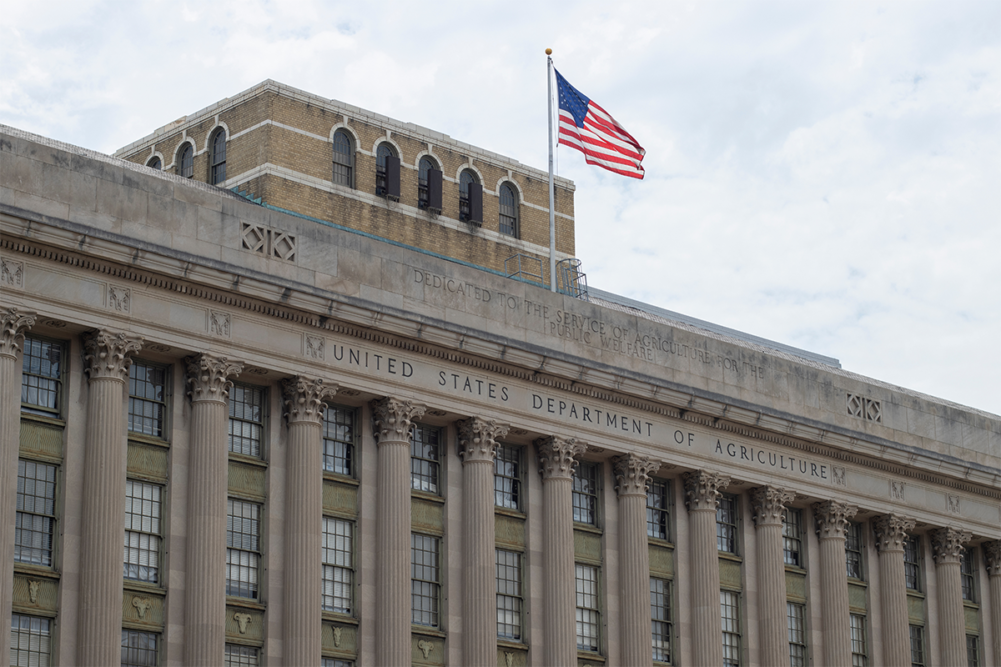KANSAS CITY, MO. — Gradual is an apt descriptor for food safety policy change in the United States. Regulatory programs are put in place that improve the safety of ingredients and products incrementally as new learnings or technologies emerge. But occasionally food safety policy takes a significant step forward.
The US Department of Agriculture’s (USDA) declaration April 26 that Salmonella is an adulterant in certain chicken products and the understanding the Department will declare Salmonella in other poultry-based products an adulterant may be one such moment.
The USDA’s Food Safety and Inspection Service (FSIS) announced its decision to declare Salmonella an adulterant in raw breaded stuffed chicken products when bacteria’s concentration exceeds a threshold of 1 colony-forming unit (CFU) per gram or higher for Salmonella contamination. The agency said it plans to address Salmonella contamination in other raw poultry products later this year.
Food safety advocates believe the USDA’s move is long overdue. Salmonella is a leading cause of foodborne illness, according to the Centers for Disease Control and Prevention (CDC). The agency estimates there are about 1.35 million cases of salmonellosis each year, resulting in 26,500 hospitalizations and 420 deaths in the United States.
Over the last 26 years, the FSIS and public health officials have investigated 14 Salmonella outbreaks and about 200 illnesses linked to raw breaded stuffed products. The most recent outbreak, in 2021, resulted in illnesses in 11 states. The products account for less than 0.15% of the total domestic chicken supply, but outbreaks linked to the products represented approximately 5% of all chicken-associated outbreaks in the United States from 1998 to 2020.
“This final determination marks the first time that Salmonella is being declared an adulterant in a class of raw poultry products,” said Secretary of Agriculture Tom Vilsack. “This policy change is important because it will allow us to stop the sale of these products when we find levels of Salmonella contamination that could make people sick.”
The reaction of the National Chicken Council, a trade group that represents the industry in Washington, highlights the significance of the USDA’s initial determination. The group called the 1 CFU level essentially a zero-tolerance policy with the potential to shutter processing plants, cost jobs and take safe food off shelves.
“There is no silver bullet or one-size-fits-all approach to food safety, which is why we employ a multi-hurdle strategy,” the group said in response. “The only way to ensure our food is safe 100% of the time is by following science-based procedures when raising and processing chicken and by handling and cooking it properly at home.”
The ultimate effectiveness of the raw stuffed chicken rule and the other rules that may yet come regarding the presence of Salmonella in chicken remains to be seen, but a precedent may be instructive.
In 1994, the FSIS declared the pathogen E. coli O157:H7 as an adulterant in beef. It was a momentous decision that led to a meaningful reduction in the presence of E. coli O157:H7 in beef products. Three decades after that decision, it’s clear the USDA sees following the same path as having a similar impact on Salmonella contamination in US poultry.


